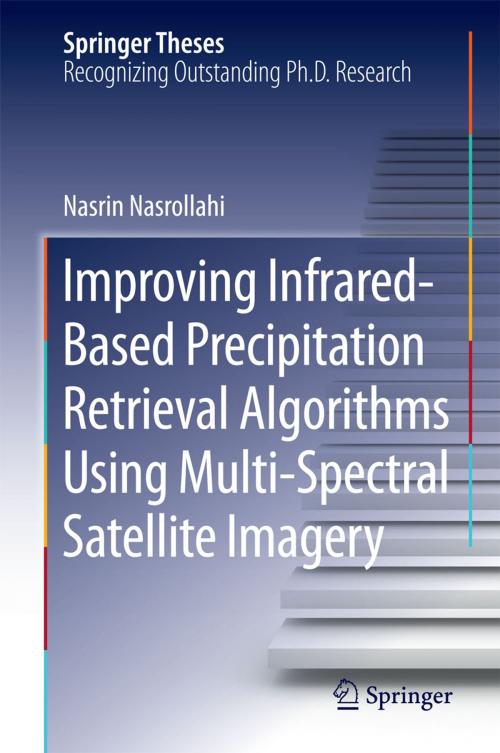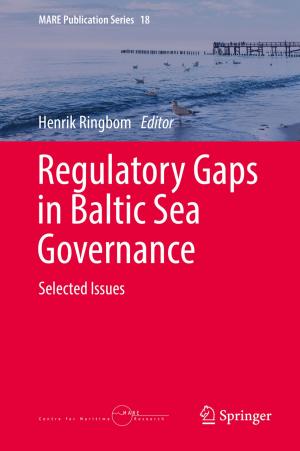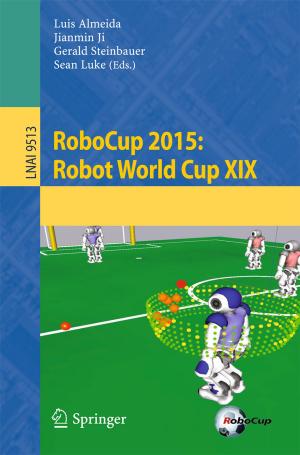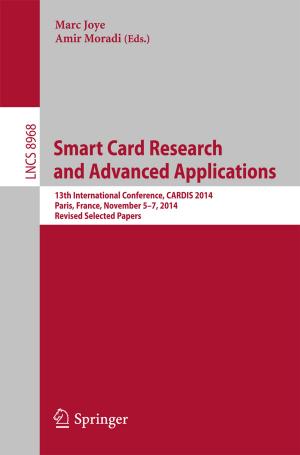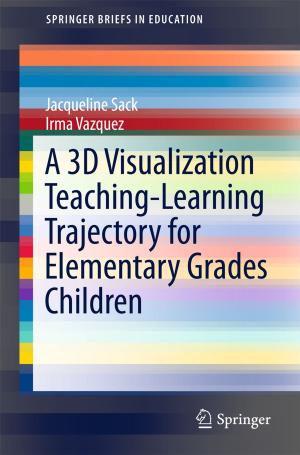Improving Infrared-Based Precipitation Retrieval Algorithms Using Multi-Spectral Satellite Imagery
Nonfiction, Science & Nature, Science, Earth Sciences, Geophysics, Other Sciences, Meteorology| Author: | Nasrin Nasrollahi | ISBN: | 9783319120812 |
| Publisher: | Springer International Publishing | Publication: | November 7, 2014 |
| Imprint: | Springer | Language: | English |
| Author: | Nasrin Nasrollahi |
| ISBN: | 9783319120812 |
| Publisher: | Springer International Publishing |
| Publication: | November 7, 2014 |
| Imprint: | Springer |
| Language: | English |
This thesis transforms satellite precipitation estimation through the integration of a multi-sensor, multi-channel approach to current precipitation estimation algorithms, and provides more accurate readings of precipitation data from space.
Using satellite data to estimate precipitation from space overcomes the limitation of ground-based observations in terms of availability over remote areas and oceans as well as spatial coverage. However, the accuracy of satellite-based estimates still need to be improved.
The approach introduced in this thesis takes advantage of the recent NASA satellites in observing clouds and precipitation. In addition, machine-learning techniques are also employed to make the best use of remotely-sensed "big data." The results provide a significant improvement in detecting non-precipitating areas and reducing false identification of precipitation.
This thesis transforms satellite precipitation estimation through the integration of a multi-sensor, multi-channel approach to current precipitation estimation algorithms, and provides more accurate readings of precipitation data from space.
Using satellite data to estimate precipitation from space overcomes the limitation of ground-based observations in terms of availability over remote areas and oceans as well as spatial coverage. However, the accuracy of satellite-based estimates still need to be improved.
The approach introduced in this thesis takes advantage of the recent NASA satellites in observing clouds and precipitation. In addition, machine-learning techniques are also employed to make the best use of remotely-sensed "big data." The results provide a significant improvement in detecting non-precipitating areas and reducing false identification of precipitation.
